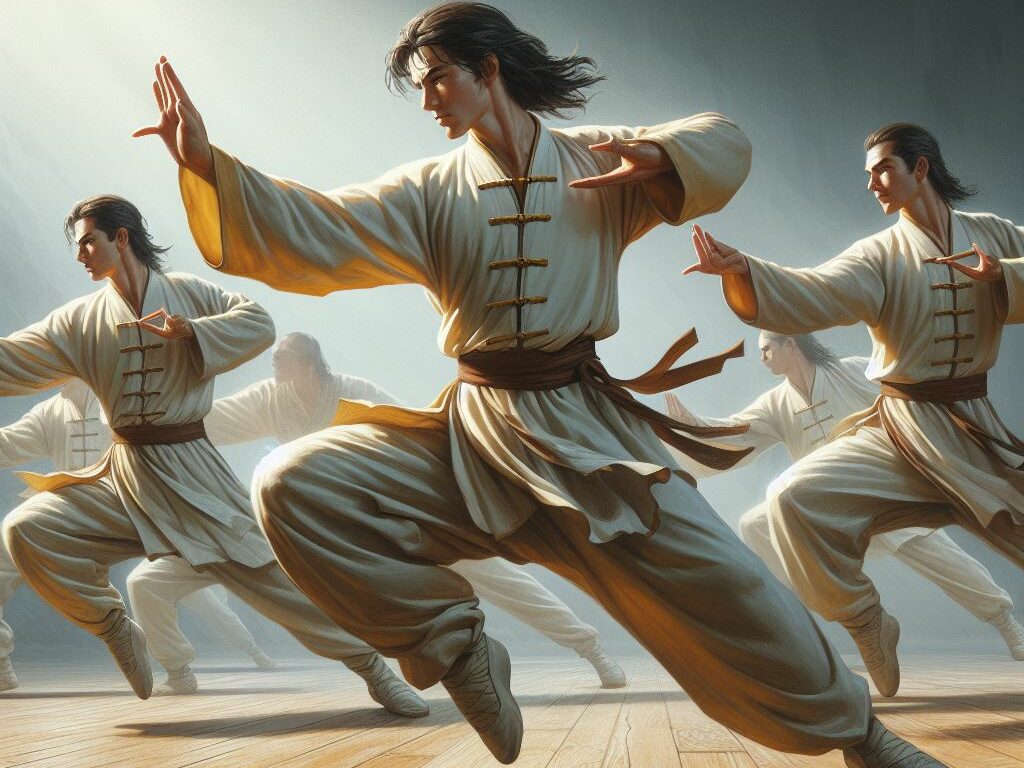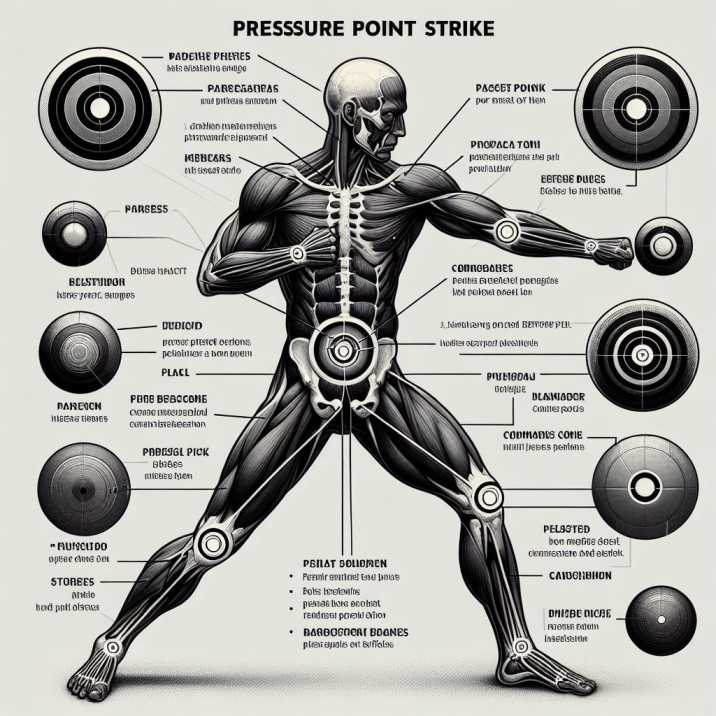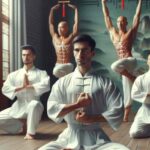Introduction:
Table of Contents
Kung Fu, the ancient Chinese martial art, encompasses a vast array of techniques, each with its own unique philosophy and application. Among the many techniques within Kung Fu, pressure point strikes stand out as one of the most intriguing and effective methods for self-defense and combat. In this article, we delve into the world of famous Kung Fu pressure point techniques, exploring their history, principles, and practical applications.

Understanding of Kung Fu pressure point:
Before delving into specific techniques, it’s essential to understand the concept of pressure points in Kung Fu. Pressure points, or dim mak in Chinese, refer to specific areas of the body where nerve endings, blood vessels, and muscles converge. Striking these points with precision can produce a variety of effects, including pain, paralysis, or even death, depending on the force applied and the target’s vulnerability.
Historical Context: Origins of Kung Fu Pressure Point Techniques
The origins of Kung Fu pressure point techniques can be traced back thousands of years to ancient China. Developed by martial artists seeking to maximize the effectiveness of their strikes, these techniques were closely guarded secrets, passed down from master to disciple within select lineages. Over time, these techniques evolved and diversified, with various styles of Kung Fu incorporating their own unique approaches to pressure point strikes.
Principles of Kung Fu Pressure Point Techniques
- Precision and Accuracy: Successful execution of pressure point techniques requires precise targeting and accurate application of force.
- Knowledge of Anatomy: A deep understanding of human anatomy is essential for identifying and exploiting vulnerable pressure points.
- Timing and Control: Effective use of pressure points requires impeccable timing and control, often requiring years of dedicated practice to master.

Famous Kung Fu Pressure Point Techniques
- Dian Xue: Translating to “point striking,” Dian Xue is a fundamental aspect of many Kung Fu styles. Practitioners aim to strike specific pressure points along the body’s meridians to disrupt the flow of qi (vital energy) and incapacitate their opponent.
- Dim Mak: Also known as the “death touch,” Dim Mak focuses on targeting vital pressure points to induce injury or incapacitation. While often shrouded in mystery and skepticism, Dim Mak remains a central component of certain Kung Fu lineages.
- Five Animals: Some styles of Kung Fu, such as Shaolin Kung Fu, incorporate the principles of the five animals—tiger, crane, leopard, snake, and dragon. Each animal represents a different fighting strategy, including the use of pressure point strikes to exploit an opponent’s weaknesses.
- Chin Na: Chin Na, or joint locking techniques, utilize pressure points to control and manipulate an opponent’s limbs. By applying leverage and pressure to specific points, practitioners can immobilize or subdue their adversary with minimal force.
Applications of Kung Fu Pressure Point Techniques
- Self-Defense: Kung Fu pressure point techniques provide practical self-defense strategies for individuals seeking to protect themselves in dangerous situations.
- Combat Sports: Some martial arts competitions allow the use of pressure point strikes within specific rules and regulations, showcasing the effectiveness of these techniques in controlled environments.
- Health and Wellness: In addition to their martial applications, Kung Fu pressure point techniques are also used in traditional Chinese medicine for therapeutic purposes, promoting overall health and well-being.
Table of Information:
| Technique | Description |
|---|---|
| Dian Xue | Targeted strikes to disrupt qi flow |
| Dim Mak | Vital point strikes with potential lethal effects |
| Five Animals | Incorporates pressure points within animal styles |
| Chin Na | Joint locks and manipulations utilizing pressure points |
Conclusion:
In conclusion, the world of Kung Fu pressure point techniques is as fascinating as it is diverse. From ancient origins to modern applications, these techniques continue to captivate martial artists and enthusiasts worldwide. Whether for self-defense, sport, or holistic health, the principles of pressure point strikes offer valuable insights into the intricate art of Kung Fu.
FAQs (Frequently Asked Questions)
1. What are the most effective pressure points in Kung Fu?
- The effectiveness of pressure points varies depending on factors such as anatomy, technique, and force applied. However, common targets include the temple, throat, solar plexus, and joints.
2. Is it possible to learn Kung Fu pressure point techniques without formal training?
- While basic principles may be accessible through self-study, mastering Kung Fu pressure point techniques typically requires guidance from a qualified instructor and consistent practice.
3. Are Kung Fu pressure point strikes dangerous?
- When executed with proper control and restraint, Kung Fu pressure point strikes can be an effective means of self-defense without causing permanent harm. However, misuse or excessive force can result in serious injury or even death.
4. How long does it take to become proficient in Kung Fu pressure point techniques?
- The time required to master Kung Fu pressure point techniques varies depending on individual aptitude, dedication, and the complexity of the techniques. However, consistent practice over several years is typically necessary to achieve proficiency.
5. Can anyone learn Kung Fu pressure point techniques, regardless of age or physical ability?
- While age and physical ability may impact the speed of progress, Kung Fu pressure point techniques can be adapted to suit individuals of all ages and fitness levels. It’s essential to consult with a qualified instructor to tailor training to individual needs and capabilities.


